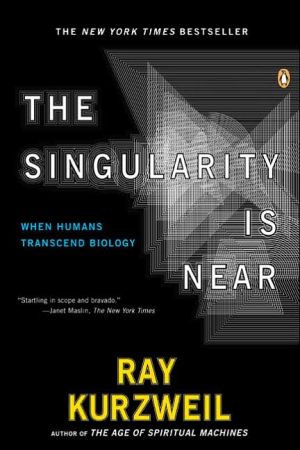Chemisorption and Reactivity on Supported Clusters and Thin Films
Search in google:
Heterogeneous catalysis provides the backbone of the world's chemical and oil industries. The innate complexity of practical catalytic systems suggests that useful progress should be achievable by investigating key aspects of catalysis by experimental studies on idealised model systems. Thin films and supported clusters are two promising types of model system that can be used for this purpose, since they mimic important aspects of the properties of practical dispersed catalysts. Similarly, appropriate theoretical studies of chemisorption and surface reaction clusters or extended slab systems can provide valuable information on the factors that underlie bonding and catalytic activity. This volume describes such experimental and theoretical approaches to the surface chemistry and catalytic behaviour of metals, metal oxides and metal/metal oxide systems. An introduction to the principles and main themes of heterogeneous catalysis is followed by detailed accounts of the application of modern experimental and theoretical techniques to fundamental problems. The application of advanced experimental methods is complemented by a full description of theoretical procedures, including Hartree-Fock, density functional and similar techniques. The relative merits of the various approaches are considered and directions for future progress are indicated. Booknews Contains lectures from the July 1996 course, dealing with the fundamentals of surface chemistry and heterogeneous catalysis of metals, metal oxides, and metal/metal oxide systems from phenomenological, experimental, and theoretical points of view. Emphasis is on the design and use of model systems whose properties mimic key aspects of the behavior of practical catalysts. After an introduction to principles of heterogeneous catalysis, chapters detail the application of modern experimental and theoretical techniques to problems in catalytic science. For advanced undergraduates in courses on chemisorption and catalysis, and for graduates students and researchers. Annotation c. by Book News, Inc., Portland, Or.
PrefaceIntroduction to Heterogeneous Catalysis1Thin Films as Model Catalysts27Metal Deposits on Thin Well Ordered Oxide Films: Morphology, Adsorption and Reactivity61The Growth and Stability of Ultrathin Films on Metal and Oxide Surfaces105Size Effects in Heterogeneous Catalysis: A Surface Science Approach117Supported Clusters, Structure, Reactivity and Microscopic Processes in Catalysis153Quantitative Determination of Molecular Adsorbate Structures193The Structure and Reactivity of TiO[subscript 2](110) Supported Palladium and Rhodium215Angle-Scanned Photoelectron Diffraction: A Structural Probe for Near-Surface Atomic Layers237Co-Adsorption on Metal-Oxide Crystal Surfaces: Cases of CO/Cu/ZnO(0001) and CO[subscript 2]/Na/TiO[subscript 2](110)267Theory of Adsorption and Surface Reactions285Density Functional Cluster Calculations on Metal Deposition at Oxide Surfaces353Theory of Heterogeneous Catalytic Reactivity using the Cluster Approximation371Cluster Modelling of Oxide Surfaces: Structure, Adsorption and Reactivity395Theoretical Modelling of Chemisorption and Reactions on Metal-Oxide Surfaces425Stability of Polar Oxide Surfaces: Oxygen Vacancies and Non-Stoichiometric Reconstructions455Computer Simulation of Structural, Defect and Surface Properties of Solids479Index523








